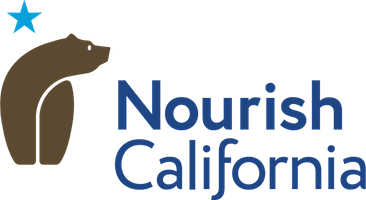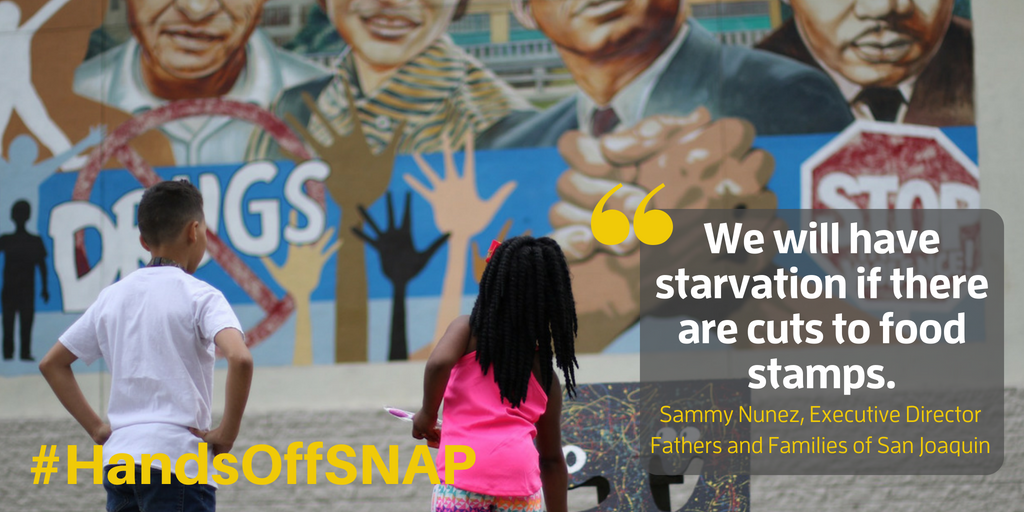This morning, the Trump Administration proposed new, misguided, rules for SNAP/CalFresh. The rule targets low-income families by seeking to end a long-standing state option that eases the CalFresh application burden for families that qualify for other federal benefits, like CalWORKs in California. The widely-adopted option also provides cost savings for states and the federal government by streamlining the application and verification process and reducing administrative workload. This harsh and counterproductive proposal comes in the wake of the President’s tax law that included billions in new benefits for the wealthiest households and corporations.
Under the proposal, states would lose the option of using “broad-based categorical eligibility” to streamline enrollment into the SNAP/CalFresh for certain low-income households. The option, which 43 states have adopted, allows states to adjust SNAP eligibility to serve families with incomes modestly above 130 percent of the Federal Poverty Level (FPL), provided that their net income after shelter, childcare, and other basic expenses is under 100 percent of FPL. This is a crucial option to help low-income households in California, where our cost of living is significantly higher than the official federal poverty measure.
The proposal would also, illogically, punish families with children, seniors, and people with disabilities who have even modest savings by cutting them off of food assistance. Building a small savings cushion helps low-income families, seniors, and people with disabilities break the cycle of poverty by preparing for an unforeseen financial emergency, such as a car repair or sudden unemployment during an economic downturn, which could push them deeper into poverty or homelessness.
Categorical eligibility is used to help low-wage working families, seniors, and people with disabilities with higher costs of living or modest savings qualify for help putting food on the table. Eliminating categorical eligibility would:
- Cause low-wage working families to lose help paying for food when they earn a little more take-home pay, disincentivizing them from working to get a higher wage job.
- Prevent families from moving towards economic security by cutting off help for those with modest financial savings.
- Increase the risk of hunger for low-income students by cutting their connection to free school meals.
If enacted, USDA estimates the rule would cut 3.1 million people off of SNAP, the vast majority working families, seniors, and people with disabilities. That would mean 250,000 or more low-income Californians would lose access to vital food assistance.1 CFPA and our partners will soon have updated estimates on state and local impact of the proposed rule.
The proposed rule would also cause harm to low-income K-12 students and the schools that serve them. Loss of SNAP benefits among households that receive SNAP through Cat El would sever the seamless connection to free school meals for students in those households. USDA estimates that over 500,000 K-12 students would be cut off from the free school meals that are sometimes the only nutritious meal they eat each day, and which help students stay prepared and focused at school to achieve their academic goals.
In California, tens of thousands of K-12 students could lose access to free meals, causing a ripple effect on school district budgets under the state’s educational funding structure (Local Control Funding Formula), which targets resources to schools based partly on the percentage of students receiving free or reduced priced meals. The cuts would also mean thousands of schools that serve, or are planning to serve, universally-free meals under the Community Eligibility Provision could lose eligibility for the program or make it financially unsustainable. Universally free school meals are particularly important in California where the cost of living and operating a business are extraordinarily high. When breakfast and lunch are served free to every student, the entire school benefits from the elimination of school meal debt, the supportive meal environment that eliminates stigma, and the increase in federal resources that can be put back into the quality of the school meal programs.
Background: Cat El in California
When California implemented the law in 2008, it had strong bipartisan support, and was enacted by Republican Governor Schwarzenegger with the explicit intent to improve nutrition and promote the retention and development of assets and resources for needy households who meet all other SNAP eligibility requirements.
The 2018 Farm Bill, passed on a bipartisan vote last December, explicitly rejected similar proposed changes. This new proposal is yet another attempt by the Trump administration to circumvent Congress to implement policies that hurt poor Americans struggling to make ends meet.
CFPA and our anti-hunger partners are committed to continue working together to prevent cuts to the program and to insist that our national policy makers renew their commitment to end hunger and food insecurity. Read our California partners’ joint statement on the proposed rule to cut off benefits from tens of thousands of Californians struggling to make ends meet and put food on the table.
The Bottom Line
Categorical eligibility works in California. It helps families as they strive to get back on their feet. Financially responsible choices like establishing modest savings and owning a reliable car to get to and from work help Californians climb the economic ladder towards self-sufficiency. Categorical eligibility for CalFresh allows people to make those choices and still afford healthy food. It also increases administrative efficiency by streamlining enrollment into SNAP.
Take Action! Your Voice is Needed to Protect Vital Food Assistance for Struggling Californians
CFPA has drafted CA-specific model comments that you can customize to your organization’s specific mission, geographic region, and population served. We have also provided model comments specific to the impact on seniors enrolled in CalFresh through Categorical Eligibility, and on K-12 students who may lose access to free school meals. Please also feel free draft your own comments. Comments must be submitted by Monday, September 23rd to be counted.
- Short model comments from CFPA. doc
- Education-specific model comments. doc
- Senior-specific model comments. doc
You can submit your comments directly to the Federal Register, or through the online comment portal set up by our friends at the Food Research & Action Center.
Please stay tuned for more updates from CFPA on how you can help protect SNAP by expressing opposition to the proposed rule that would take away food assistance from working families, schoolchildren, seniors, and people with disabilities.
Stay up to date by signing up for our Action Alerts here.
Questions?
Contact: Jared Call at 323.401.4972
1. [based on 6.2 percent of CalFresh caseload, from Senate Appropriations Analysis of 2013 AB 191 (Bocanegra) available at: http://leginfo.legislature.ca.gov/faces/billAnalysisClient.xhtml?bill_id=201320140AB191 ]↩





